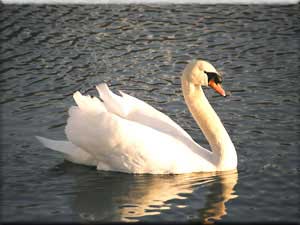
REPUBLIC OF MACEDONIA OHRID Kej Marsal Tito 40, 6000 tel: +389 46 265251 fax: +389 46 230648 email: dagoli@doctor.com |
| HOME | About us | Macedonia | Facts about Ohrid | Accommodation | Events |
| Excursions | Dea tours special program | Services | Dea tours club | Contact | BOOKING |
| |
|
LAKE OHRID |
In the ancient traditions, lakes were regarded to be the eyes of the earth. If so, then the earth has been looking through the eyes of Lake Ohrid for more than 5 million years, hypnotizing anyone who passes near by or travels through. Perhaps that is the reason why whoever comes here, will come back again, and again, trying to find out the secret of this attraction, until one finds out that there is no secret but a surreal beauty that tantalizes the heart at first site, enhancing everyones soul and body with harmony and peace. |
||
Age..............The origin of the Lake is connected with the tectonic changes in the Tertiary, 4 - 10 mill.years ago, and it is one of the oldest lake in the world. Only Tanganjika in Africa, Titicaca in South America, and Lake Bajkal in Siberia came into being in the same geological period. average depth............151m
|

